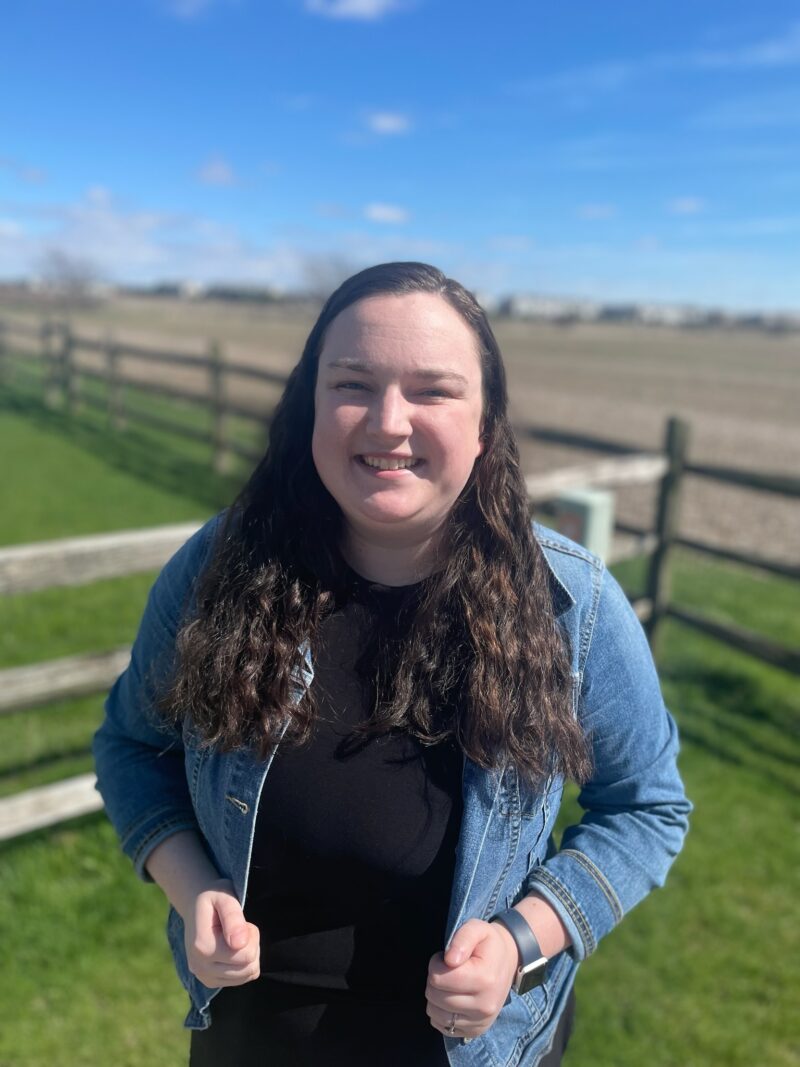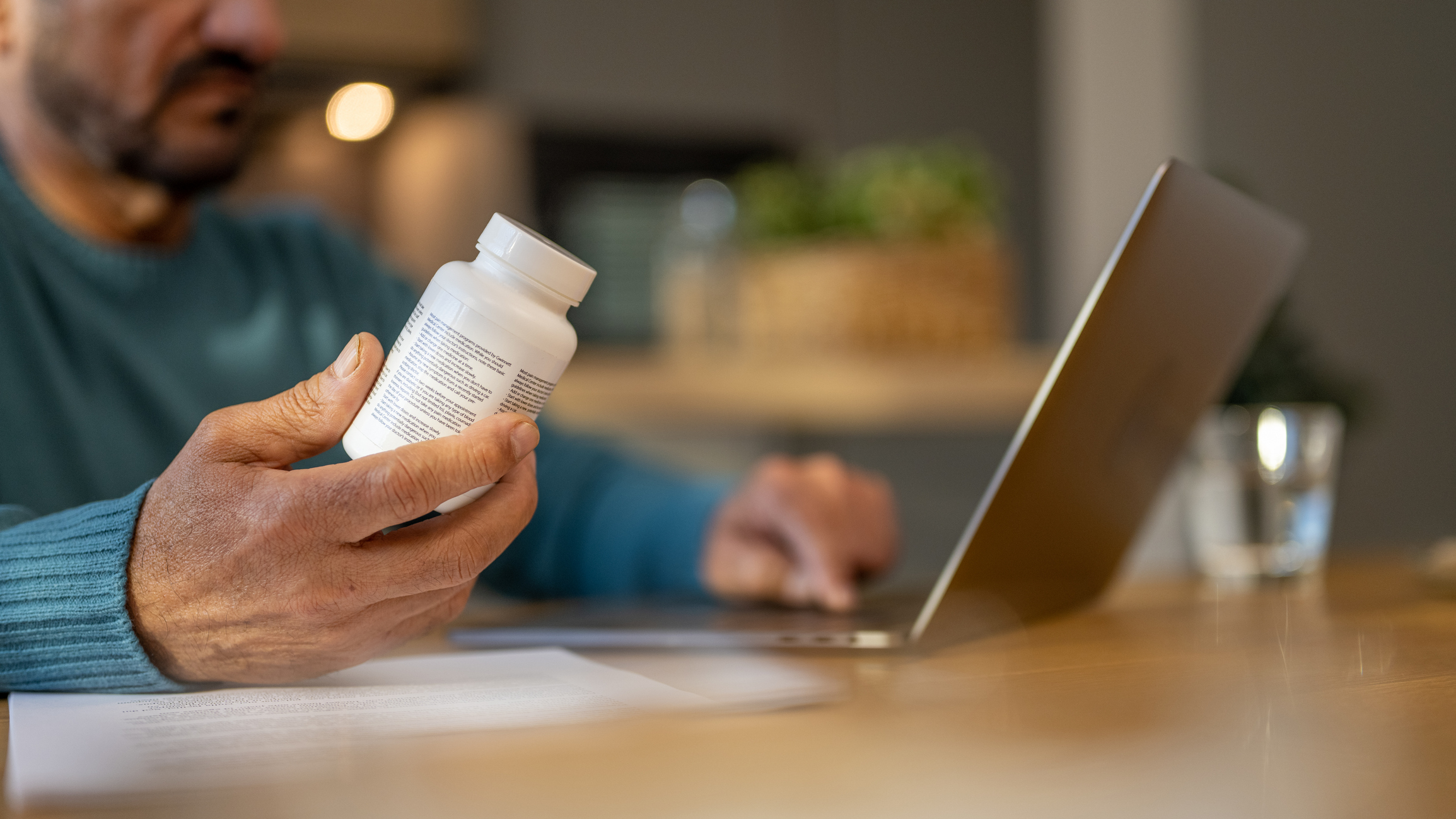
Table of Contents
Low Dose Naltrexone: What to Avoid While Taking It, According to Experts

Written By: Ashley Laderer

Clinically Reviewed By: Erin Husting
May 8, 2025
6 min.
Are you considering low-dose naltrexone treatment for alcohol use disorder or opioid use disorder? Learn more about what to avoid when taking this medication.
Learn more about our Clinical Review Process
Table of Contents
Naltrexone is an FDA-approved drug to help treat opioid use disorder (OUD) and alcohol use disorder (AUD). The recommended dosage for these two disorders is typically 50 to 100 milligrams of the naltrexone oral tablet each day. However, some people may benefit from low-dose naltrexone (LDN) treatment.
This prescription medication is an opioid receptor antagonist, which means it blocks opioids from binding to opioid receptors in the brain. Put simply, this means that naltrexone blocks the pleasurable effects that alcohol or opioids typically bring. If drinking alcohol or taking opioids doesn’t get you high or make you feel good, you’re less likely to consume them. This is how naltrexone treatment helps people get sober and stay sober.
Although the typical dose for AUD and OUD is generally higher, some people may benefit from LDN treatment, although this approach isn’t necessarily FDA-approved. “The primary goal of low-dose naltrexone in the context of AUD and OUD is to gradually diminish cravings and [substance use] behavior while minimizing adverse effects, particularly for people who do not tolerate conventional doses adequately,” says Dr. Shanard Clemons, Ed.D, LAPC, NCC, a Charlie Health Group Facilitator.
Here’s what you need to know about what to avoid when taking LDN, who shouldn’t take the medication, what the side effects are, and more.

Virtual medication-assisted treatment (MAT) for substance use disorder (SUD)
Our virtual programs integrate MAT, where offered, with a specialized SUD therapy program to support long-term recovery.
What to avoid when taking low-dose naltrexone
Various interactions can occur when taking LDN. Here’s what you should avoid when taking naltrexone, whether you are taking a lower dose or a higher dose.
1. Alcohol
Naltrexone blocks the “buzz” or feeling of intoxication from alcohol. However, it can still lead to poor judgment, slowed reflexes, and reduced coordination, says Nicole Lonano, MS, a Charlie Health Group Facilitator. So, even though you might not necessarily feel drunk, your impairment, loss of motor coordination, and slowed response time can make activities like driving dangerous, she says.
2. Opioids
“Consuming opioids while on naltrexone can cause severe and hazardous opioid withdrawal,” Dr. Clemons says. This is known as precipitated withdrawal, and the withdrawal symptoms may be very intense. You should not take naltrexone if you’ve had any opioid use within the last 7-10 days. Avoid any opioid medication and illicit opiates, including:
- Buprenorphine
- Codeine
- Fentanyl
- Heroin
- Hydrocodone
- Methadone
- Morphine
- Oxycodone
- Oxymorphone
- Tramadol
“Consuming any of the mentioned substances increases your risk of experiencing side effects such as nausea, dizziness, headaches, liver damage, or interference with normal opioid receptor activity,” Dr. Clemons says.
Note that opioids might show up where you don’t necessarily expect them to. For example, some cough medications contain opioids (codeine or hydrocodone). Additionally, even some diarrhea medicines like loperamide (the generic name for Imodium) are technically an opioid.
This is not an exhaustive list of drug interactions. Make sure to always tell your providers about all the medications you’re taking so that they can check for interactions and keep you safe. You want to ensure that you won’t experience any type of precipitated opioid withdrawal.
3. Benzodiazepines
Benzodiazepines, or “benzos,” are a class of central nervous system depressants, meaning they slow down brain and nervous system activity. They are most commonly used to treat panic disorder and severe anxiety.
“Benzos should be avoided due to the increased risk of adverse effects like overdose. Benzos typically interfere with the effectiveness of naltrexone,” Dr. Clemons says. “However, some doctors may prescribe benzos to patients and monitor them for any adverse effects.” Ultimately, it will be on a case-by-case basis.
Who should avoid taking low-dose naltrexone?
LDN treatment is not a fit for everyone. Dr. Clemons says the following groups should avoid LDN treatment, or use it with caution due to potential hazards or interactions:
- Current opioid use
- Active alcohol dependence or use without a sobriety plan
- Severe liver disease or liver impairment
- Kidney disease
- Pregnancy
- Breastfeeding
Additionally, if you have a history of mental health conditions or currently have a mental health condition (other than substance use disorder), it’s important to tell your provider. It’s possible for naltrexone to worsen these conditions. If you struggle with depression, carefully monitor your symptoms. If you’re experiencing suicidal thoughts, don’t hesitate to reach out for help ASAP. Call or text the 988 Lifeline for 24/7 support from a crisis counselor.
Potential side effects of low-dose naltrexone
Potential side effects
Potential severe side effects
Low-dose naltrexone is generally well tolerated, but some people may experience mild side effects, especially when starting treatment. These can include headaches, dizziness, drowsiness, digestive discomfort, and sleep disturbances. Most symptoms are temporary and resolve as your body adjusts.
Though rare, serious side effects can occur with low-dose naltrexone. These include blurred vision, hallucinations, confusion, or severe gastrointestinal issues. If you experience any of these symptoms, contact your healthcare provider immediately.
“Low-dose naltrexone, like standard-dose naltrexone, is typically well tolerated, but some people may develop side effects, particularly when beginning treatment,” Dr. Clemons says. “Side effects at low doses are usually less severe than at higher levels, but they can still occur.”
Potential naltrexone side effects include:
- Headaches
- Dizziness
- Drowsiness
- Gastrointestinal symptoms (like nausea, vomiting, stomachache, constipation, or diarrhea)
- Loss of appetite
- Nervousness or anxiety
- Trouble sleeping
- Irritability
If you experience a mild adverse effect, it will likely subside as your body adjusts to the medication. But if an adverse effect doesn’t subside or worsens, let your provider know. This isn’t an exhaustive list of side effects. You can see more information here.
Additionally, there is a risk of serious side effects. If you experience any of the following, tell your provider right away:
- Blurred vision
- Hallucinations
- Confusions
- Severe diarrhea or vomiting
Monitoring health while on naltrexone
Your healthcare provider may want to monitor you and your health to ensure that the prescription medication is safe, well-tolerated, and effective, Dr. Clemons says. He says some key parameters to monitor include:
- Liver function tests
- Kidney function tests
- Mental health status
- Opioid use status
- Alcohol consumption status
Always be honest with your doctor so they can help you most effectively and safely.
The importance of psychotherapy while on low-dose naltrexone
When you are taking naltrexone for substance use disorder, it’s very important to also engage in psychotherapy, AKA talk therapy. “Treatment is imperative to seek while taking naltrexone to help identify coping skills and underlying challenges to help increase long-term sobriety,” says Lonano.
Some popular therapy modalities for substance use disorders include:
- Cognitive behavioral therapy (CBT)
- Motivational interviewing (MI)
- Dialectical behavior therapy (DBT)
- Family therapy
Additionally, peer support groups play an important role in recovery for many people with OUD and AUD. These groups provide a sense of community, solidarity, and accountability.
- Alcoholics Anonymous (AA)
- Narcotics Anonymous (NA)
- Refuge Recovery
- Yoga 12-step Recovery (Y12SR)
- SMART Recovery
Alternative uses for naltrexone
Outside of use for treating alcohol addiction and unhealthy opioid use, LDN is being researched for other conditions, such as chronic pain conditions and conditions linked to inflammation, including:
- Fibromyalgia
- Multiple sclerosis (MS)
- Crohn’s disease
- Complex regional pain syndrome
- Diabetic neuropathy
- Myalgic encephalomyelitis/chronic fatigue syndrome
- Long COVID
LDN therapy is thought to provide pain relief by reducing inflammation, but the exact mechanism of action for helping these chronic pain conditions is still being studied.
Ultimately, LDN therapy is not FDA-approved to treat any of these conditions, and more research is needed. However, it is an exciting area of research that shows promise for people struggling with chronic pain and conditions related to inflammation.

How Charlie Health can help
If you struggle with alcohol use disorder or opioid use disorder, Charlie Health can help. Our virtual Intensive Outpatient Program (IOP) provides more than once-weekly mental health treatment for people dealing with serious mental health conditions, including substance use disorder and co-occurring disorders, such as anxiety, depression, and more.
Our compassionate clinicians meet you where you are on your recovery journey. We incorporate evidence-based therapies, like CBT, DBT, and motivational interviewing, into individual counseling, family therapy, and group sessions. With this kind of support, recovery is possible. Fill out the form below or give us a call to start your sobriety journey today.
References
https://www.ncbi.nlm.nih.gov/books/NBK534811/
https://medlineplus.gov/druginfo/meds/a685041.html
https://www.fda.gov/drugs/drug-safety-and-availability/fda-drug-safety-communication-fda-requires-labeling-changes-prescription-opioid-cough-and-cold
https://www.ncbi.nlm.nih.gov/books/NBK557885/
https://www.mayoclinic.org/drugs-supplements/naltrexone-oral-route/description/drg-20068408
https://pmc.ncbi.nlm.nih.gov/articles/PMC3962576/
https://pmc.ncbi.nlm.nih.gov/articles/PMC10276990/
https://pmc.ncbi.nlm.nih.gov/articles/PMC8313851/
https://www.frontiersin.org/journals/medicine/articles/10.3389/fmed.2024.1430444/full





